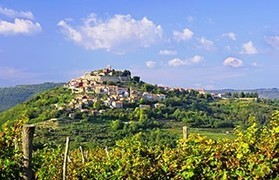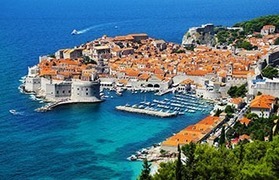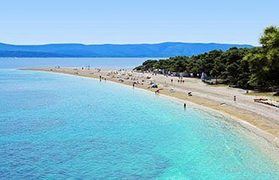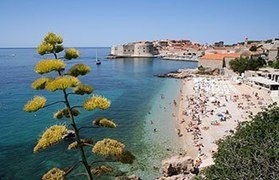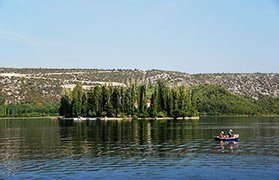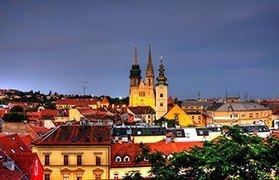Phrasebook In the first stages of learning a new language, phrasebooks are an excellent tool that can help you quickly master basic conversation skills.
Croatian for beginners
English (UK) » Croatian - Audio Language Course
© TTstudio - Fotolia | Zagreb - Croatian National Theate
In the first stages of learning a new language, phrasebooks are an excellent tool that can help you quickly master basic conversation skills. Click on a topic below to begin learning meaningful phrases that you can use right away!
TABLE OF CONTENTS
Learn Croatian quickly and easily with 50languages.com MP3-language courses! Croatian as a foreign language includes 100 easy lessons. All dialogues and sentences are recorded by native speakers. No prior grammar knowledge is needed. You can start learning immediately! Just click on the sentences to see the answers.
50languages.com - English (UK) » Croatian for beginners BUY the BOOK! Get the textbook for this course on Amazon.





































































